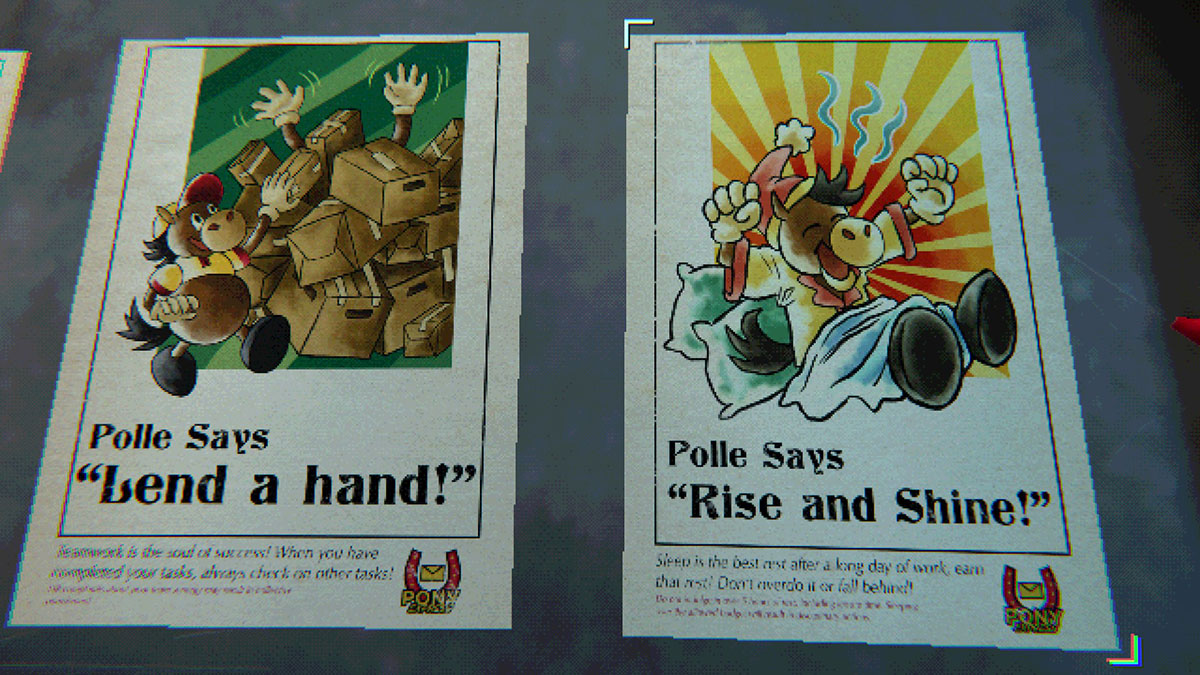In an era where news cycles are dominated by political grandstanding and sensationalist narratives, the importance of covering underappreciated, undercovered or marginalized groups has never been more crucial.
These stories, often tucked away in the shadows of mainstream media, can inform, humanize, bridge divides and normalize communities that have been pushed to the outskirts of society.
Independent documentaries like “Dear Kelley” and “This Place Rules,” as well as media outlets like Channel 5 News and other major media outlets like Vice, have carved out spaces where underappreciated or marginalized stories are told and celebrated.
They venture into the forgotten corners of society — covering everything from grassroots movements to subcultures dismissed by traditional media.
By doing so, these media companies and content creators dismantle stereotypes and present a more nuanced understanding of these communities. Their experience is raw, unfiltered and, most importantly, human.
But they are not alone. Publications like The Guardian, The Intercept and local independent outlets like Scalawag and Prism have also taken up the mantle of telling stories mainstream media often overlooks.
These platforms highlight communities at the intersections of race, class, gender and geography, challenging the homogenized narratives that dominate most national headlines.
Yet, this kind of storytelling faces mounting challenges in today’s increasingly polarized political climate. The media landscape saw heightened restrictions in modern times, with policies often sidelining already vulnerable populations.
The politicization of identity, race and socio-economic status deepened societal rifts, pushing marginalized groups further into the periphery. Even now, policies around voting rights, healthcare access and immigration laws continue to disproportionately impact these communities, making honest coverage not just important — but urgent.
Therefore, the journalist’s role transcends mere reporting — it becomes an act of resistance against erasure. Covering these stories isn’t just about filling column inches; it’s about validating experiences and giving a platform to voices historically silenced.
It’s about changing narratives and creating spaces where those on the margins feel seen and heard.
Take, for example, the LGBTQ+ communities in regions still battling for basic rights.
Media coverage can be the difference between invisibility and acknowledgment. Similarly, immigrant communities, often painted with broad, politicized strokes, find depth and dignity in nuanced storytelling that highlights their humanity over their legal status.
Indigenous communities, long misrepresented or absent in mainstream media, benefit from outlets that prioritize Indigenous voices and perspectives, such as Indian Country Today.
When media outlets cover these stories with empathy and depth, it fosters understanding. It peels back the layers of fear and prejudice, revealing shared struggles, common dreams and our shared humanity.
This isn’t about turning every marginalized story into a tragedy or a triumph — it’s about honest representation.
But why does this matter more than ever now? Without these stories, the fringes remain misunderstood, breeding grounds for further marginalization.
When policies are made without the visibility of those they impact, harm is not just possible — it’s inevitable. Journalists play a pivotal role in shaping a more inclusive public discourse by bringing these narratives to the forefront.
Today’s political climate demands a media landscape that refuses to ignore the outskirts. The stripping away of rights, the targeted legislation against specific communities and the weaponization of identity in political rhetoric underscore the urgency.
It’s not enough to passively consume stories about marginalized groups during Pride Month or Black History Month. Representation must be constant, consistent and considerate.
Furthermore, covering these stories isn’t merely a moral imperative — it’s good journalism. Audiences crave authenticity.
The rise of platforms like Channel 5 News and the enduring appeal of documentary series like PBS Frontline speak to this hunger for raw, real stories.
These outlets have built trust not by pandering, but by presenting people as flawed, fascinating and fundamentally human.
Empathy-driven storytelling can transform societal perceptions. It normalizes what once appeared foreign. It informs without lecturing. Most importantly, it fosters connection. In an increasingly divided world, these connections are essential.
The coverage of marginalized communities isn’t just a call to diversify content — it’s a call to challenge the status quo of storytelling itself. It’s about pushing beyond comfort zones, questioning who gets to tell stories and why certain narratives dominate over others.
It’s about ensuring voices from every corner of society have a seat at the table.
When media outlets fail to represent the full spectrum of society, it perpetuates a cycle of exclusion. But when it succeeds — when it tells the messy, complex, beautiful stories from the margins — it informs and transforms.
And in today’s fractured world, that transformation is not just powerful — it’s necessary because covering the outskirts of society isn’t about charity or virtue signaling.
It’s about truth. And good journalism, at its core, has always been about seeking truth, especially the ones hiding in plain sight. It’s about recognizing that the heart of every community beats the same, even if its voice has been silenced for far too long.
Voelker can be reached at voelkerw0364@uwec.edu.








